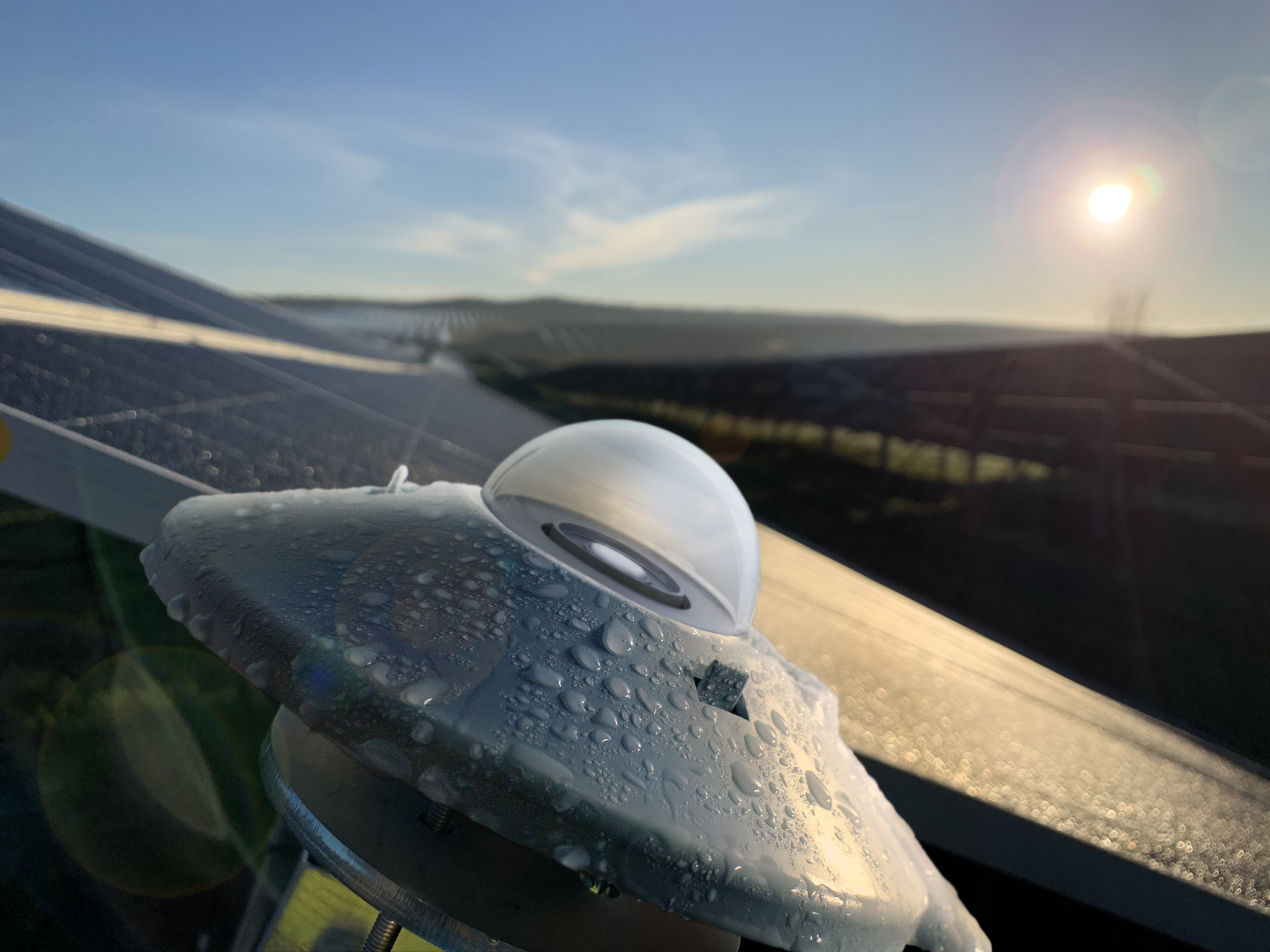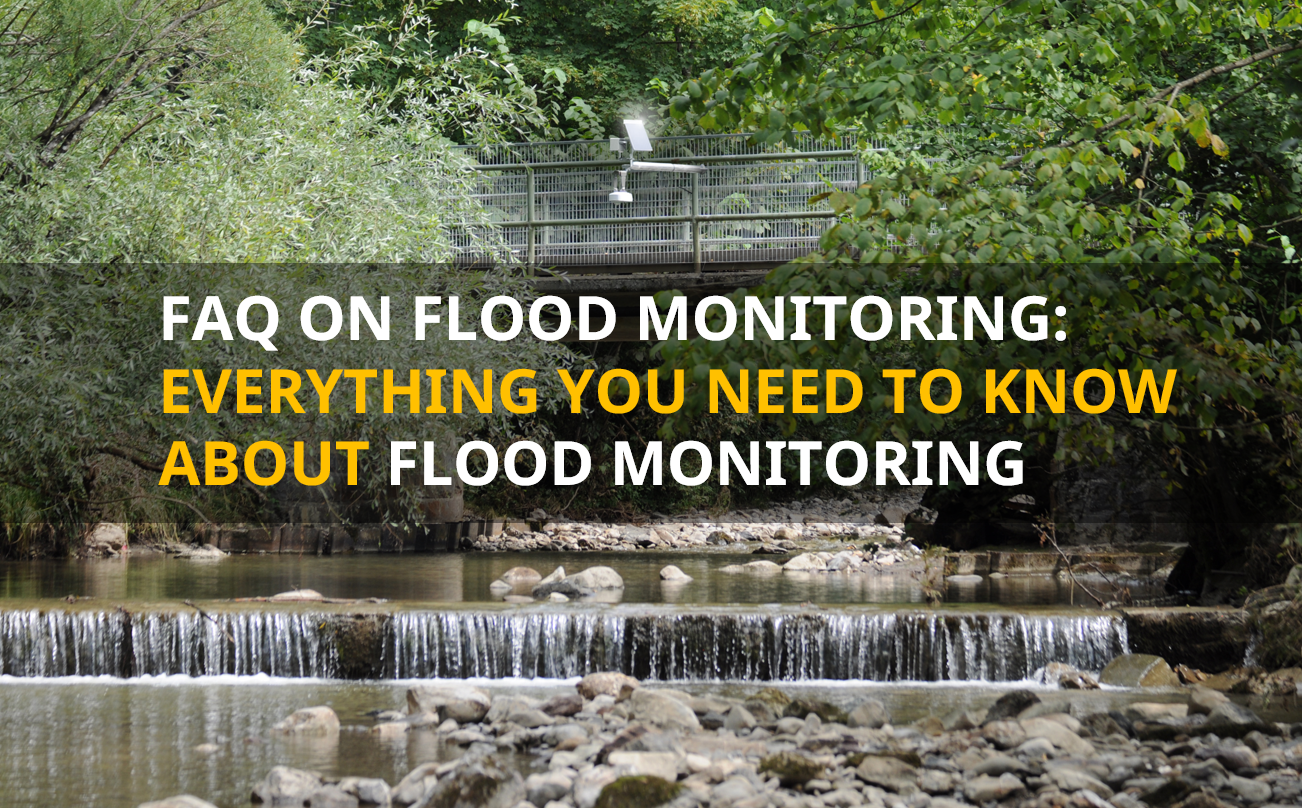To kick off our ISO 9060:2018 solar irradiance measurement educational series, we are delving into the technical specifications and science behind the response time of your pyranometers.
Inside Your Pyranometer: Detectors and Response Time
The detector inside your pyranometer may look like a simple black metal plate, but it’s a critical component of your solar irradiance sensor and plays a key role in solar radiation measurement.
Legacy Kipp & Zonen SMP series pyranometers for solar energy monitoring use flat black copper plates that absorb incoming photons, functioning like voltmeters for the sun. Kipp & Zonen’s latest Class A model, the SMP12 pyranometer, uses the same thermopile detector technology, though the black plate is protected and less visible.
Your pyranometer’s detector type determines its response time and factors into the overall solar measurement accuracy of your PV site. Understanding your pyranometer’s detector and response time is essential for long-term performance analysis.
Response time in solar irradiance sensors is one of several valuable benchmarks. It determines how quickly your sensor reacts to changes in sunlight, ensuring measurements accurately reflect solar behavior across your PV site. This enables performance engineers to identify potential issues and make swift decisions to improve solar panel optimization.
Below, we break down the science of response time, how it’s measured, and why it’s vital to the success of solar PV monitoring and plant performance analytics.
Response Time: Key Specification

Response time, in solar irradiance measurement, refers to how quickly a pyranometer reacts to changes in sunlight—typically measured in seconds. It’s a critical sensor performance metric for evaluating real-time irradiance accuracy across your PV site.
Imagine you’re staring at a bright light, closing your eyes, then reopening them. For most people, their eyes take a moment to adjust. That delay (adjustment time) mirrors a pyranometer’s response time.
For example, as clouds move across a utility-scale solar plant, diffuse irradiance may slowly decrease. But when a cloud blocks the direct solar beam, the change is abrupt. How quickly the pyranometer recognizes this shift, defines its response time.
In essence, response time determines how fast your solar irradiance sensor adapts to environmental changes, ensuring accurate, real-time data. This also supports effective PV performance optimization and quick diagnostics by solar engineers.
How Response Time Impacts PV Performance
Response time data plays a key role in identifying short-term fluctuations in solar irradiance. For photovoltaic (PV) plant owners and operators, these fluctuations directly impact:
- Performance Ratio (PR): Slower sensor response may cause PR calculations to miss sudden changes in solar input, leading to inaccurate yield evaluations.
- In-Field Adjustments: Real-time sensor data helps adaptive systems make physical adjustments promptly, improving energy capture.
- Environmental Interpretation: Long-term response patterns can signal when and where irradiance shifts occur throughout the day, which helps in the re-assessment of performance expectations.
ISO 9060:2018 Pyranometer Standards
Response time is a critical performance metric that directly influences how irradiance sensors are classified under the ISO 9060:2018 standard. Whether Class A, B, or C pyranometers, ensuring each device meets the required response time thresholds is essential for compliance and data integrity across your photovoltaic (PV) sites.
In the sections that follow, we’ll explore how response time factors into ISO 9060:2018 classifications, what the specific response time benchmarks are for each class.
What is ISO 9060:2018?
ISO 9060:2018 is the internationally recognized standard published by the International Organization for Standardization (ISO) that defines the classification and performance specifications for instruments measuring solar radiation.
This standard establishes the class ranking of pyranometers used across photovoltaic (PV) sites, dividing them into three tiers: Class A, Class B, and Class C. To learn more about the three class rankings and the ISO 9060 industry standards, be sure to read the Kipp & Zonen whitepaper “Solar Energy International Standards“.
One of the key measurement parameters ISO 9060 used to determine a pyranometer’s classification is its response time.
To qualify as a Class A pyranometer, a sensor must demonstrate a response time of less than 5 seconds to reach 95% of its final output value following a sudden change in irradiance. Called a step change, this step change serves as a standardized reference for evaluating how quickly and accurately a sensor stabilizes after a shift in brightness.
ISO 9060:2018 uses two benchmarks to assess response time:
- 63% of final value (one time constant)
- 95% of final value (full stabilization threshold)
These metrics help ensure that pyranometers deliver reliable, real-time data under dynamic environmental conditions.
For example, Class A pyranometers, such as the Kipp & Zonen SMP12, meet the highest performance criteria by reaching 95% of their final value in under five seconds, making these sensors also “fast response” and ideal for advanced PV analytics.
Response Time vs. Fast Response Time
Fast response is a specialized designation that goes beyond the standard ISO 9060 classifications of Class A, B, and C pyranometers. While a pyranometer with a response time under 10 seconds may qualify as Class A, it does not automatically meet the criteria for fast response.
To earn that label, a sensor must respond in under one second. The Kipp & Zonen SMP12 pyranometer, with a response time of 0.5 seconds, qualifies as both Class A and fast response.
Fast-response sensors are particularly valuable in environments with rapidly changing irradiance conditions and where real-time data accuracy is essential. Common use cases include:
- Solar irradiance monitoring on PV sites
- Real-time reporting from solar weather stations
- Solar tracking systems that follow the sun’s path
- Site performance analysis and forecast modeling
Fast Response Data Considerations
Fast-response pyranometers offer enhanced precision under dynamic solar conditions, but to benefit from fast-response capabilities, your data acquisition system must record at matching intervals. If your pyranometer responds in seconds, your logger should capture data in seconds.
If your system captures irradiance changes in real time, investing in fast-response sensors can significantly improve performance analysis and forecasting accuracy. But, if your system aggregates response time data into longer intervals you lose the value of fast response data and will miss short-term irradiance fluctuations.
ISO 9060:2018 Response Time Specifications
The table below summarizes and compares response time benchmarks for ISO 9060 Class A, B, and C pyranometers, including distinctions for fast-response and high-performance Class A irradiance sensors.
| ISO 9060:2018 Class Type | Response Time Specification |
|---|---|
| CLASS A | < 15 seconds |
| CLASS B | < 30 seconds |
| CLASS C | < 60 seconds |
| CLASS A & FAST RESPONSE | < 0.5 seconds |
Fast-Response Class A Pyranometers
The Kipp & Zonen SMP12 pyranometer is a Class A, fast-response irradiance sensor designed to capture rapid environmental changes with exceptional precision. With a response time of less than 0.5 seconds, the SMP12 enables PV site operators to detect short-term irradiance fluctuations that slower sensors may smooth out or miss entirely.
Traditional Class A pyranometers like the CMP10 and SMP10 have response times around 15 seconds, which can cause them to integrate or average out irradiance spikes. The SMP12’s sub-second response time aligns more closely with the behavior of solar modules, which can react in milliseconds.
This means that the SMP12 can accurately record 3- to 5-second irradiance changes, providing data that better reflects what PV modules are actually experiencing. Slower sensors may underrepresent these fluctuations, leading to less precise performance analysis and forecasting.
Overall, the SMP12 is an ideal choice for PV sites focused on high-resolution data acquisition, solar tracking, and dynamic irradiance analysis.
Conclusion and Learn More
Interested in learning more about response time and how the SMP12 Class A pyranometer can enhance your solar monitoring strategy? Or curious whether your current sensors are suited to your site’s environmental conditions?
Contact our team of technical experts and researchers. We’re here to help you assess, compare, and optimize your irradiance measurement setup.
For detailed specifications and insights into the SMP12, SMP10, SMP22, and other Kipp & Zonen pyranometers, download the pyranometer brochure by clicking the button below.
Further reading & listening
- Blog: Spectral Selectivity vs. Spectral Error – Shedding Light on ISO 9060:2018
- Podcast: CMP or SMP pyranometers? Comparison of analog and smart sensors – Interview with Sajad Badalkhani, Technical Services & Support Manager at OTT HydroMet.
- Blog: Questions & Answers – Discovering the New SMP12 Class A Pyranometer
- Interview with Scientist Dr. Joop Mes: “ISO 9060:2018 reflects the reality much better.”



